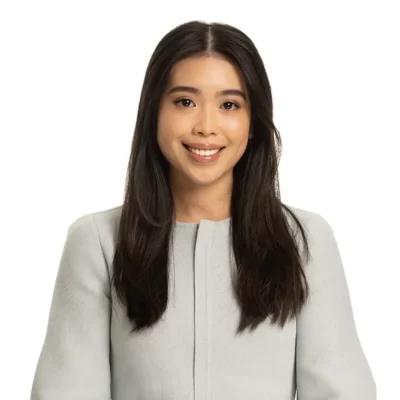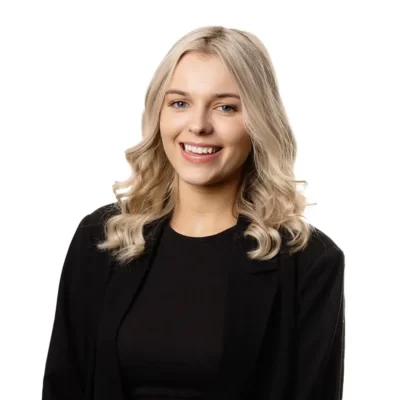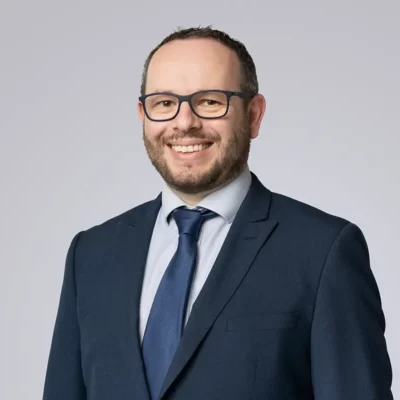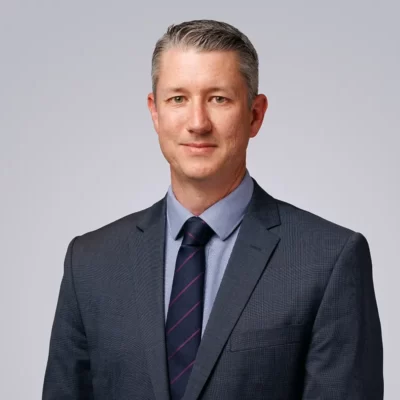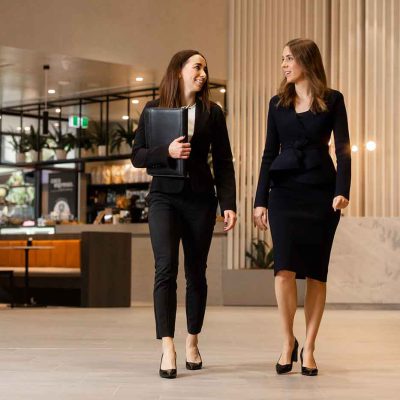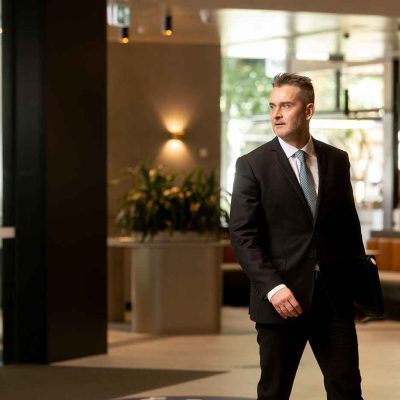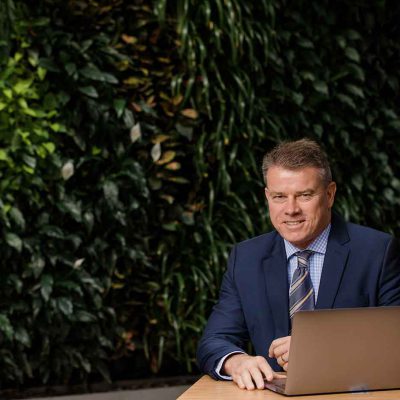So what is the difference between headshots and portraits?
The terms “headshot” and “portrait” are regularly used interchangeably. So, you can be forgiven for thinking they are identical. However, these photography styles have distinct differences and are used for different purposes. A helpful place to start is defining the terms.
Headshot Photography
Put simply, a headshot is a portrait style in which the face is tightly cropped, from the shoulders and above. As such, the subject looks directly into the camera lens. They’re used for everything from actor shots, to resumes, business cards and more.
Portrait Photography
A broader category, a portrait refers to any picture in which the subject knows they are being photographed. It can be framed any way you desire – a full-body, three-quarter body, waist-up or even head and shoulders. A portrait or environmental portrait is usually taken of staff in their working environment whether it be in an office or out in the field.
Headshots and Portraits Key Differences
1. How will the images be used?
Both headshots and portraits have professional applications (i.e. business, marketing, promotion, etc.). The key differences are their uses. Business headshots and team headshots, for instance, are generally found on company websites, LinkedIn, advertising and promotional material. By contrast, professional portraits are used in more creative settings. You may find staff portraits in company newsletters, in magazines or press releases. Entrepreneurs also utilise professional portraits for their website’s “About Me” pages.
2. How is lighting utilised?
As headshots are close-up shots, achieving optimal lighting is crucial. Therefore, these photographs are taken in a professional studio environment. In this location, you have a selection of backgrounds, including: strobe lighting, continual lighting and neutral backdrops. This allows you to stage the shot to your specifications and clearly convey your message.
Studio lighting is also used in portraits. However, with this style, you have more freedom to experiment with natural lighting. To create stunning environmental portraits, you can also integrate features from the natural background.
3. Backgrounds
The overarching goal of headshots is to focus the viewer’s attention squarely on the subject’s face. That’s why so many business headshots and team headshots have a plain background. For professional headshots, commonly used colours include white or a softer grey. The reason being it keeps the viewer focused on the subject. Another benefit of plain backgrounds is photos can be cropped easily. By contrast, portraits are characterised by detailed backgrounds. Visually enhanced backgrounds (i.e. mountains, parks, beaches, etc.) enable the photographer to tell a story – whether that be creative or staff portraits. Ensure it’s not too distracting, however; as eyes are drawn to bright spots or interesting objects.
4. How the subject is posed
Although it only captures your head and shoulders, headshots still require a lot of careful posing. Mere centimetres of movement to the right or left can make all the difference. Proper posing can hide imperfections (like a double chin), and can make you appear standoffish or approachable.
Here are some simple ways to strike the right balance posing for staff portraits.
- If not posing, people tend to feel uncomfortable. For natural-looking photos of staff standing at a distance, posing is crucial.
Some asymmetry can make a portrait appear more organic. You can achieve this by placing your hand in a pocket, or holding a small item (i.e. a folder or a phone). And; - Looking right into the camera helps your subject connect with the viewer. When used in staff portraits, this is a simple way to establish trust with your consumers.
5. Setting the mood
A useful way to help customers feel comfortable, business headshots are friendly and relaxed. To display trustworthiness, understanding and approachability, subjects smile directly into the camera. This approach is often used in team headshots for company websites and LinkedIn profile images. Professional headshots can also communicate other messages (i.e. knowledge, concentration and confidence).
Conversely, portraits are quite straightforward. This photographic style is far more dramatic; allowing you to portray a wide variety of moods. How your subject poses can influence how the article is perceived by readers. So, portrait subjects are usually looking away from the camera or performing some sort of action. In the business environment, this may be typing, talking on the phone or engaging with customers.
6. Lens type
Typically, business headshots are taken with long, focal lenses – 85mm and over. There are several reasons for this. Firstly, long lenses prevent facial distortion. This is particularly useful in team headshots, as each face can be seen clearly. And secondly, they create space between the photographer and their subject.
Whereas, portraits are taken using shorter focal lenses. Lenses between 24mm and 50mm are ideal for staff portraits, as they show more body, can fit more people into the frame and present the background in greater detail.
7. Holy Crop
Cropping can be a godsend for photographers; allowing you to remove any distracting backgrounds. When taking staff headshots, however, this thorough approach is not necessary as backgrounds are usually a solid colour – mostly white. Commonly found on websites, social media and LinkedIn profiles, headshots are usually small web resolution images that are usually displayed no larger then a business card.
These rules do not apply to portraits, though. To get the perfect shot, you can place your subject wherever you wish. As a lot more is seen in a portrait (such as background details), there’s much more freedom to crop out unnecessary details. This way, viewers will not be distracted, and can focus on important detail in the image.
8. Are you willing to experiment?
As a rule, business headshots tend to be quite safe. In other words, the framing, background and styling are very predictable. Whereas, professional portraits discard these rules altogether. When taking a portrait, you’re free to utilise different lighting techniques, incorporate the surrounding environment and use different lens types to create a truly unique image.
Final thoughts
In summary, whether you take a headshot or portrait depends on the overall purpose and the message you want to convey. Business headshots tend to be professional, so they are used to highlight an individual or the team. Professional portraits are more casual, featuring the surrounding environment, interesting backgrounds, lighting techniques and more. So, they are found in team newsletters, “About Me” webpages and more.
You can find out more information about our headshot photography services.

